Tanzania remains a dream destination for wildlife enthusiasts, adventure seekers, and discerning travelers in 2025. Renowned for its awe-inspiring landscapes, legendary parks like Serengeti and Ngorongoro, and rich cultural heritage, Tanzania’s safari circuit has continually evolved, offering new experiences and improved accessibility. This comprehensive report details the top 12 trending wildlife safari itineraries currently listed on SafariBookings and peer sources, with an emphasis on high-demand, low-competition options for 2025. Each itinerary includes a detailed overview: destination highlights, unique selling points, key attractions, accessibility, daily activity flows, inclusions/exclusions, accommodation breakdowns, essential packing suggestions, and traveler requirements.

Budget Safari
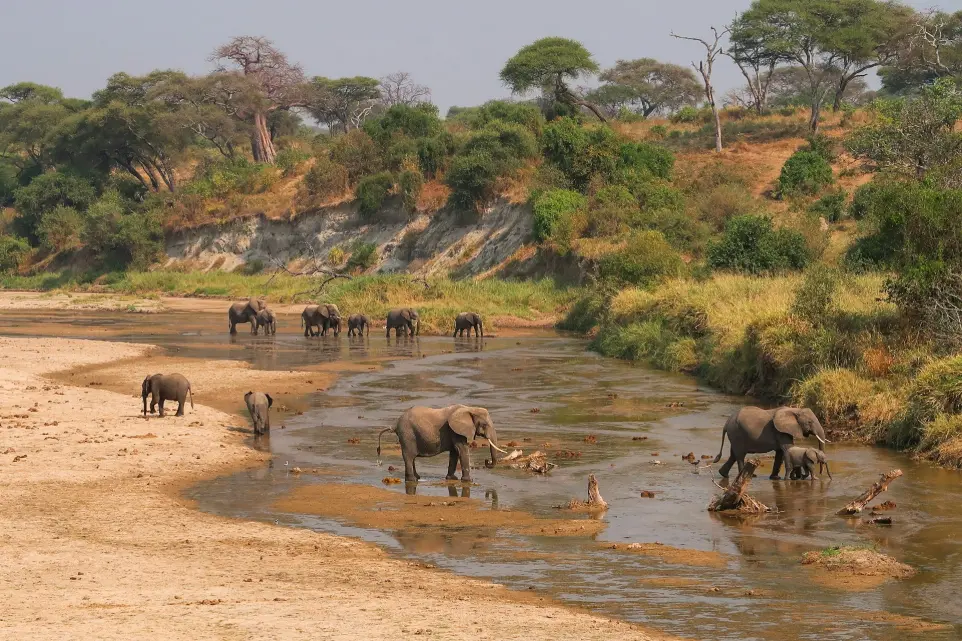
Midrange Safari
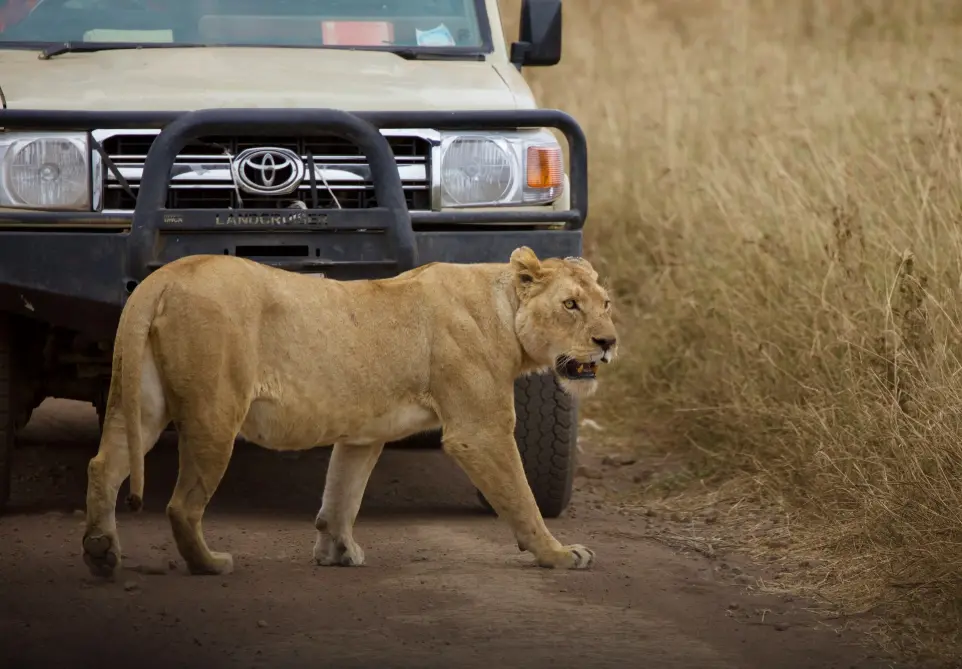
Midrange Safari
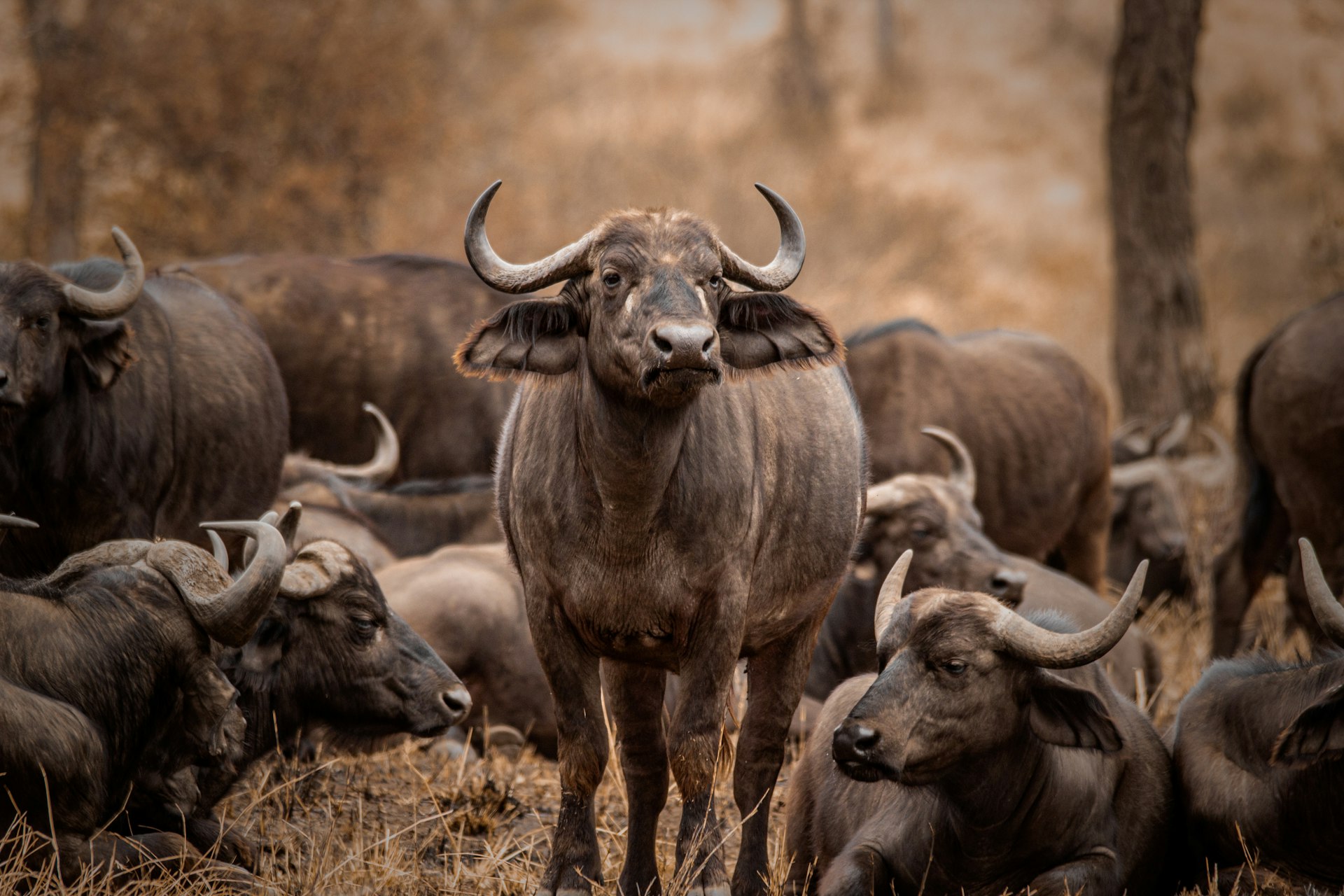
Luxury Safari
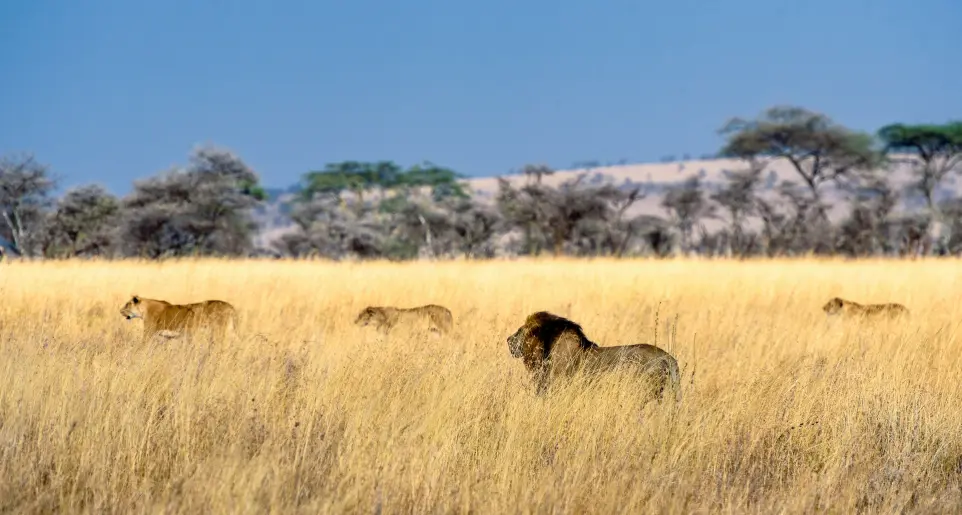
Luxury Safari
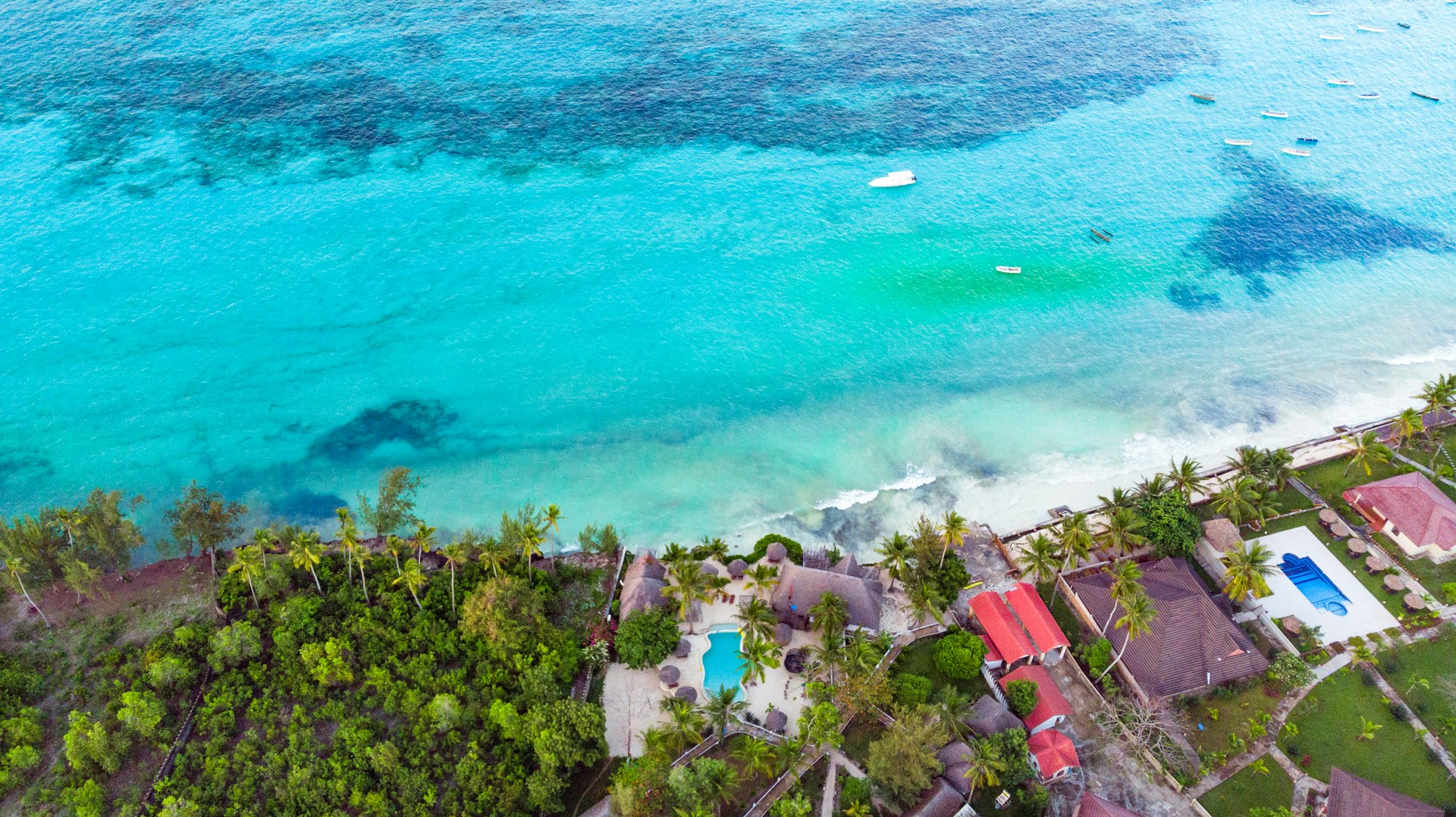
Luxury Safari
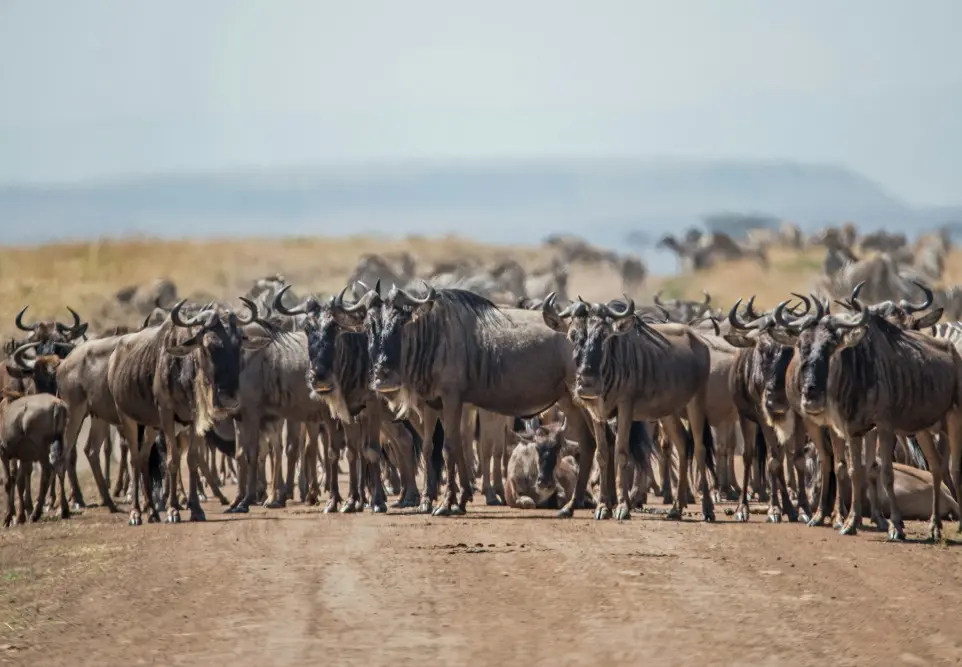
Budget Safari

Budget Safari
Tanzania Wildlife Safaris with Nile Abenteuer Safaris
Tanzania stands as a global beacon for wildlife tourism, drawing nature enthusiasts, conservationists, and adventure seekers alike. With nearly one-third (about 30%) of its vast land mass dedicated to national parks and protected areas, the highest proportion of any country in Africa. Tanzania is truly the beating wild heart of East Africa. Its landscapes range from endless savannahs swirling with dust and thunderous animal herds, to volcanic craters brimming with biodiversity, great river valleys, tranquil lakes, and woodlands draped with mist.
Tourism is a crucial pillar of the Tanzanian economy, contributing more than 17% to the nation’s GDP and accounting for 80% to 90% of all tourism activity, predominantly driven by wildlife safaris and nature-based experiences. Over 1.6 million square kilometers of protected parks and reserves provide a haven for wildlife, including the famed "Big Five": lion, elephant, rhino, leopard, and buffalo, as well as a dazzling array of birds and lesser-known species.
Tanzania's unique draw lies in both the abundance and accessibility of its wildlife. The iconic Serengeti National Park hosts the world-renowned Great Migration, over 1.5 million wildebeest, 200,000 zebras, and 300,000 gazelle thundering across the plains in search of greener pastures. The Ngorongoro Conservation Area, with its deep volcanic crater, offers perhaps the highest density of wildlife in Africa. Other areas such as Tarangire and Lake Manyara introduce travelers to enormous elephant herds, rare tree-climbing lions, dramatic baobab-studded landscapes, and a birdwatcher’s paradise of over 1,100 species.
Tanzania's commitment to conservation and sustainable tourism reinforces its global standing as an ethical and forward-thinking destination, a profile that is supported and enriched by tour operators like Nile Abenteuer Safaris.
The Signature National Parks and Reserves
Serengeti National Park
Land of the Great Migration
Arguably the world’s most iconic safari destination, Serengeti National Park sweeps across 14,763 square kilometers (5,700 square miles) of unspoiled wilderness in northern Tanzania. Its Maasai name, "Siringet," means "the place where the land runs on forever," an apt description for these treeless plains teeming with life.
The park's highlight is the Great Migration, witnessed between June and October, when millions of wildebeest, zebras, and gazelle surge northwest across the savanna, braving crocodile-infested rivers and lurking predators. This live spectacle ranks among the planet’s greatest wildlife events and offers visitors a chance to observe nature’s drama up close, particularly during the thunderous river crossings.
Beyond the migration, the Serengeti offers exceptional year-round wildlife viewing. The Big Five roam freely, with abundant sightings of lions, elephants, and leopards; cheetah and hyena are common, and rare black rhino can be glimpsed in select areas. Hot air balloon safaris provide a majestic perspective over the endless plains at sunrise, a true bucket-list experience.
Guided game drives cover the Seronera Valley, known for its high concentrations of predators and other game, as well as the Western Corridor and Northern Lobo area, each hosting unique wildlife spectacles as the year unfolds. A visit to the Serengeti is also an immersion into Maasai culture and history, with local communities on the park's periphery still maintaining traditional ways of life.
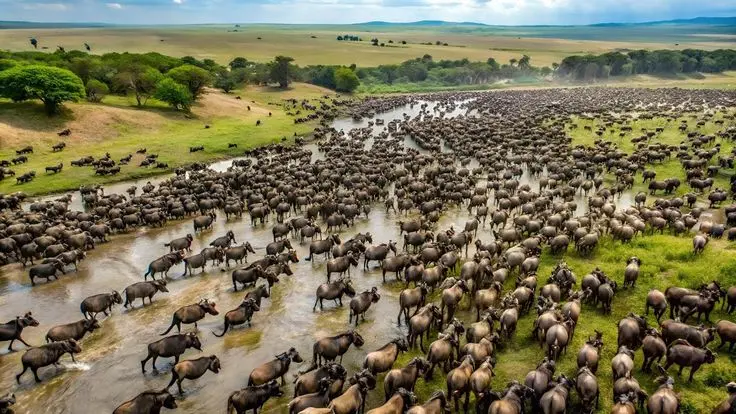
Ngorongoro Conservation Area
The Lost World Crater
Adjacent to the Serengeti lies the Ngorongoro Conservation Area, a UNESCO World Heritage Site and home to the breathtaking Ngorongoro Crater, the world’s largest intact volcanic caldera. Created around two to three million years ago, this natural amphitheater stretches 19 kilometers (12 miles) in diameter and plunges some 600 meters (2,000 feet) deep, enclosing a paradise for wildlife lovers.
Over 25,000 large mammals dwell on the crater floor, including rare black rhino, prides of lions, large tusker elephants, bustling buffalo herds, hippos, and an array of antelopes, gazelles, and birdlife (flamingos paint the central soda lake pink, especially during the wet season). The density and diversity of wildlife here offer almost guaranteed sightings of the Big Five in a single day, a unique claim among African reserves. Leopards, though elusive, are present along the crater walls, while cheetahs, hyenas, jackals, and serval cats add to the predator drama.
A visit to the Ngorongoro Conservation Area also allows for encounters with the Maasai pastoralists, whose traditional villages dot the caldera’s rim and add a rich cultural layer to the landscape. The famed Olduvai Gorge, an archeological treasure trove regarded as the "Cradle of Mankind," sits within the conservation area, tracing the footsteps of early hominids and telling the story of human evolution.
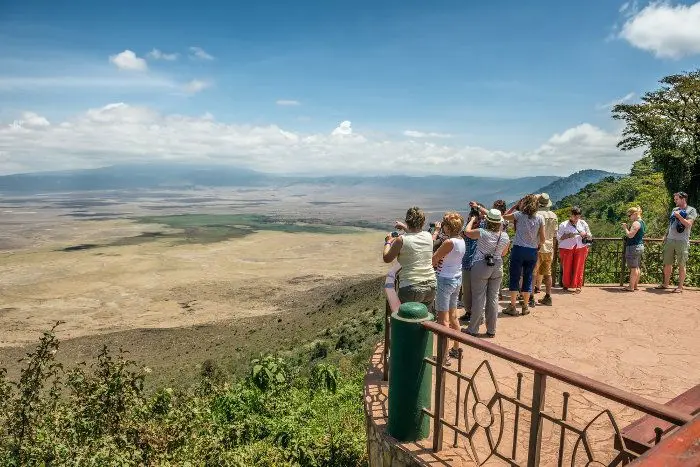
Tarangire National Park
Elephant Empire and Baobab Wonderland
Less famous yet equally enchanting, Tarangire National Park spans 2,850 square kilometers and is just two hours from Arusha. During the dry season (June–October), the Tarangire River becomes a vital water source, drawing together one of Africa’s largest concentrations of elephants, sometimes seen in herds of up to 300 individuals. These gentle giants are the undoubted stars, but the park's quiet savannahs and ancient baobab trees shelter a dazzling diversity of other wildlife: leopards, cheetahs, lions, giraffes, buffalo, oryx, baboons, and over 550 recorded bird species.
The landscape itself is spectacular, thorny acacia forests, sweeping floodplains, and the snaking lifeline of the Tarangire River. Whether you're driving across the open plains or venturing out on a walking safari, Tarangire offers a more intimate, off-the-beaten-track safari experience, often with less crowding than its better-known neighbors. Cultural tours to Maasai homesteads and night game drives enhance the adventure, complemented by the park’s impressive baobab trees and dramatic sunsets.
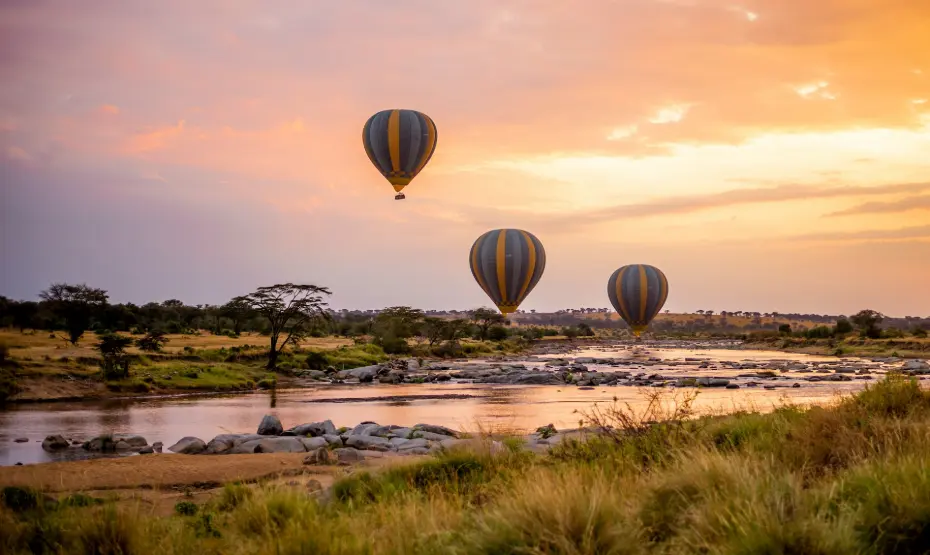
Lake Manyara National Park
Tree-Climbing Lions and Avian Spectacle
Lake Manyara National Park, though compact, is a microcosm of Tanzanian natural beauty. Framed by the towering Great Rift Valley escarpment and centered on the vast, alkaline Lake Manyara, the park is world-renowned as one of the best places to see tree-climbing lions, a rare phenomenon that continues to fascinate scientists and tourists alike.
Visitors here can expect an incredible diversity of wildlife. Large herds of elephants roam the woodlands, baboon troops dominate the forests, and hippos wallow in the lake’s shallows. The park also teems with giraffes, buffalo, zebra, and a dramatic variety of birds, with flocks of flamingos and pelicans painting the lake pink and white during peak migration. Over 400 bird species have been documented, making this a top destination for birdwatchers.
Game drives are the primary activity, but Lake Manyara also offers unique experiences such as night game drives, guided nature walks (including the famous treetop walkway), canoeing on the lake itself (water levels permitting), and cultural visits to Maasai villages. The best game viewing is typically from June to October, aligning with the dry season.
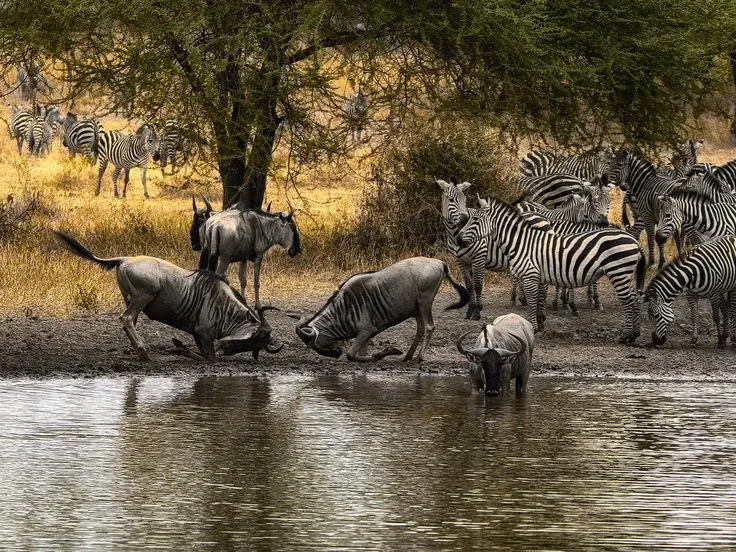
Ruaha National Park
Tanzania’s Wild Southern Heart
Ruaha, Tanzania’s largest national park, is a remote and seldom-crowded wilderness prized for both its scale and its raw, untamed feeling. Covering over 20,000 square kilometers, Ruaha boasts vast baobab-studded plains, seasonal rivers, and a sense of true isolation.
Here you’ll find Tanzania’s greatest population of elephants (some 12,000 individuals migrate through the region annually), impressive numbers of lions (up to 10% of Africa’s entire wild population), and notable rarity, this is one of the best places in Africa to spot African wild dogs, sable and roan antelope, and the endemic Ruaha red-billed hornbill. Leopards, cheetahs, and hyenas round out the predator cast, while over 500 bird species make the park a paradise for ornithologists.
Ruaha offers classic game drives, rewarding night drives, and the chance for walking safaris in exclusive private concessions. The dry season (June–October) is the best time for big-game viewing as animals gather by the Great Ruaha River.
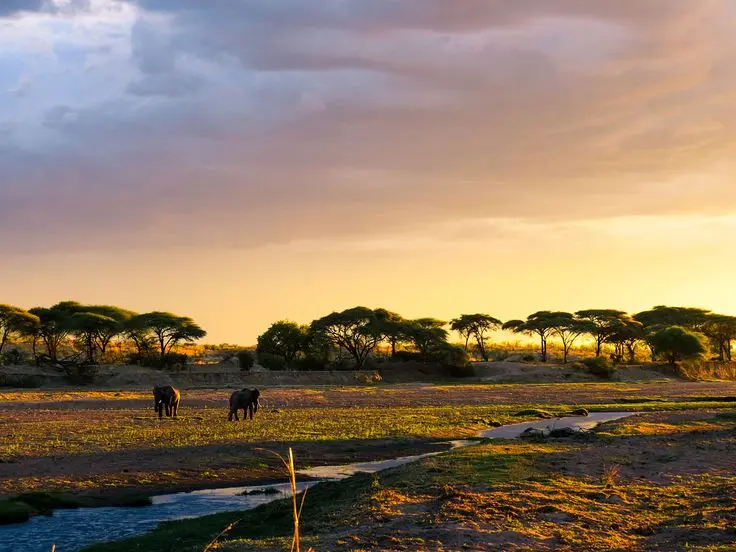
Nyerere National Park (formerly Selous Game Reserve)
Wilderness, Rivers, and Boat Safaris
Nyerere National Park, now the largest stand-alone national park in Africa, offers an even more off-the-grid wilderness encounter. A UNESCO World Heritage Site, this remote expanse was formerly known as the Selous Game Reserve and now stretches over 30,000 square kilometers.
Nyerere’s mosaic of woodlands, grasslands, swamps, and rivers supports exciting wildlife, including elephants, hippos, crocodiles, lions, leopards, wild dogs, and extraordinary birdlife. The Rufiji River is the park’s backbone, and boat safaris along its meandering channels offer thrilling encounters with hippos, crocodiles, and riverine birds, not to mention dramatic sunsets.
Nyerere is less visited than northern circuit parks, making it perfect for travelers seeking wilderness solitude. Activities here include game drives, guided walking safaris, fishing, and boat excursions. The best time to visit is the dry season from June to October.
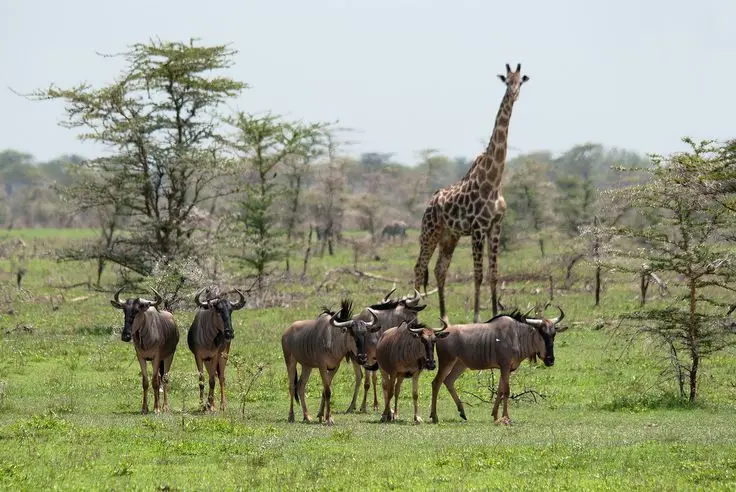
Types of Wildlife Safari Experiences
Tanzania’s wildlife safaris cater to a wide spectrum of interests and activity levels, offering something for everyone, from first-time visitors to seasoned adventurers.
Classic Game Drive Safaris remain the gold standard. Expert guides in sturdy 4x4 vehicles lead daily explorations through savannas, forests, and river valleys, optimizing the chances to see lions hunting, elephants herding, and elusive big cats lurking in the grass. Early morning and late afternoon drives are best for viewing active animals and the golden African light.
Walking Safaris provide a different, more intimate experience. Under the guidance of trained rangers, you’ll track game on foot, learn about animal tracks and medicinal plants, and experience the bush in a quiet, thrilling, and completely different way.
Hot Air Balloon Safaris are a once-in-a-lifetime opportunity to drift quietly above the plains, especially over the Serengeti, at sunrise. This bird’s-eye perspective reveals the immense scale of the migration and offers spectacular photo opportunities. At the end of the flight, a classic "bush breakfast" is served on the savanna, a magical finale.
Boat Safaris are unique to riverine parks like Nyerere and sometimes in Lake Manyara, providing close encounters with aquatic wildlife and bird species.
Night Game Drives are available in select parks (notably Tarangire and Lake Manyara), revealing the park’s nocturnal residents: bushbabies, hyena on the hunt, and more.
Specialized Photographic Safaris cater to wildlife photographers, emphasizing timing, animal behavior, and light for iconic images.
Cultural Experiences and community-based tourism add a human dimension, visit Maasai bomas, join local market days, or take part in conservation activities like tree-planting.
Tanzania’s range of safari styles is complemented by diverse accommodation, from rustic camping under the stars, to mid-range lodges and luxury-tented camps with infinity pools and gourmet cuisine.
Seasonal Highlights and Best Times to Visit
Tanzania is a year-round safari destination, but the dry season (June to October) is considered the peak for wildlife viewing. During these months, vegetation is sparse and animals cluster around remaining water sources, making sightings easy and dramatic. The Great Migration’s river crossings typically occur July–September in the Serengeti’s northern reaches, a must-see event for many safari-goers.
January to March brings the "calving season" in the Southern Serengeti, when hundreds of thousands of wildebeest give birth, attracting large predators and providing exciting photographic and wildlife-watching opportunities. This period is wetter, but the short grass plains are lush and alive with activity.
April and May are the "green season," with heavy rains turning the landscape vivid green, fewer visitors in the parks, and excellent birdwatching with the arrival of migratory species.
November and December are characterized by brief, unpredictable showers transforming landscapes and bringing migratory birds, and also tend to have lower visitor numbers and better lodge availability.
Each park has its own optimal timing:
- Serengeti: Great Migration July–September, Calving January–March
- Tarangire: June–October (best for elephants and general wildlife)
- Lake Manyara: June–October (trails are dry, birdlife excellent)
- Ngorongoro: June–March (June–October prime for Big Five, December–March for birthing and birding)
- Nyerere and Ruaha: Best between June–October; less accessible during heavy rains
Conservation Efforts in Tanzania
Tanzania’s global reputation as a wildlife haven is the result of decades of strict conservation, bold anti-poaching initiatives, and robust community-engagement efforts.
Key conservation strategies include:
- Anti-Poaching Technologies: The government has invested heavily in anti-poaching, deploying drones, GPS tracking, and advanced surveillance to safeguard elephants, rhinos, and other threatened species.
- Community-Based Conservation: Innovative programs such as Wildlife Management Areas (WMAs) empower local communities to participate in conservation and share tourism revenue, providing incentives for environmental protection over poaching or unsustainable agriculture.
- Wildlife Corridors: Recent action plans focus on protecting corridors between parks (such as the Serengeti–Tarangire and Ruaha–Udzungwa corridors), ensuring genetic diversity and animal migration patterns are maintained.
- Habitat Restoration and Research: Many private and NGO-led initiatives restore damaged ecosystems and monitor wildlife populations through advanced research and tracking.
- Sustainable Tourism: Parks enforce strict visitor regulations, set limits on vehicle numbers, and promote eco-friendly lodges that use renewable energy, manage waste responsibly, and foster local employment.
- Success Stories: Elephant populations in parks like Tarangire and Ruaha are recovering, black rhino are rebounding in the Ngorongoro Crater, and the Serengeti ecosystem remains intact thanks to collaborative efforts among government, NGOs, and local people.
Challenges persist, such as human-wildlife conflict, habitat encroachment, and the effects of climate change. Continued international collaboration, funding, and education are integral to sustaining these successes and overcoming new threats.
Community Engagement and Benefits
Tanzania’s tourism policies promote a model in which communities living near protected areas share directly in the benefits of wildlife tourism. This is especially evident through Wildlife Management Areas (WMAs), village-based revenue-sharing, and Community-Based Tourism (CBT) initiatives.
Local Maasai, Barabaig, Hadzabe, and Chaga communities, among others, participate in guiding, hosting, and providing cultural experiences, which include:
- Guided walks, homestays, and cultural performances
- Crafts and handicraft sales (beadwork, pottery, textiles)
- Participating in conservation awareness and educational programs
Community tourism initiatives are known to reduce dependency on poaching or unsustainable livestock grazing, provide new income sources, improve living standards, and increase awareness of the value of wildlife protection.
Notably, responsible tourism fosters genuine cross-cultural interactions that benefit both visitors and hosts and supports the preservation of local traditions, languages, and environmental stewardship.
Nile Abenteuer Safaris Company Profile
Nile Abenteuer Safaris is an established, trusted tour operator specializing in tailor-made wildlife safaris across Tanzania and East Africa. Based in Arusha, with wide operational reach, they are known for creating immersive, conservation-minded safari adventures, personalized to a diverse array of traveler interests, from families and honeymooners to photographers and adventure seekers.
What sets Nile Abenteuer Safaris apart?
- Deep regional expertise with a focus on authentic, off-the-beaten-path experiences
- Strong partnerships with select lodges, guides, and conservation organizations
- Emphasis on supporting local communities through employment and sustainable tourism practices
- Comprehensive, end-to-end safari packages that include transportation, expert guiding, park permits, high-quality accommodations, meals, and a full suite of wildlife and cultural experiences
- A philosophy centered on responsible, ethical, and conservation-conscious travel
Client reviews highlight the company’s highly personal service, knowledgeable guides, attention to safety, and commitment to ensuring that every safari is a story worth telling